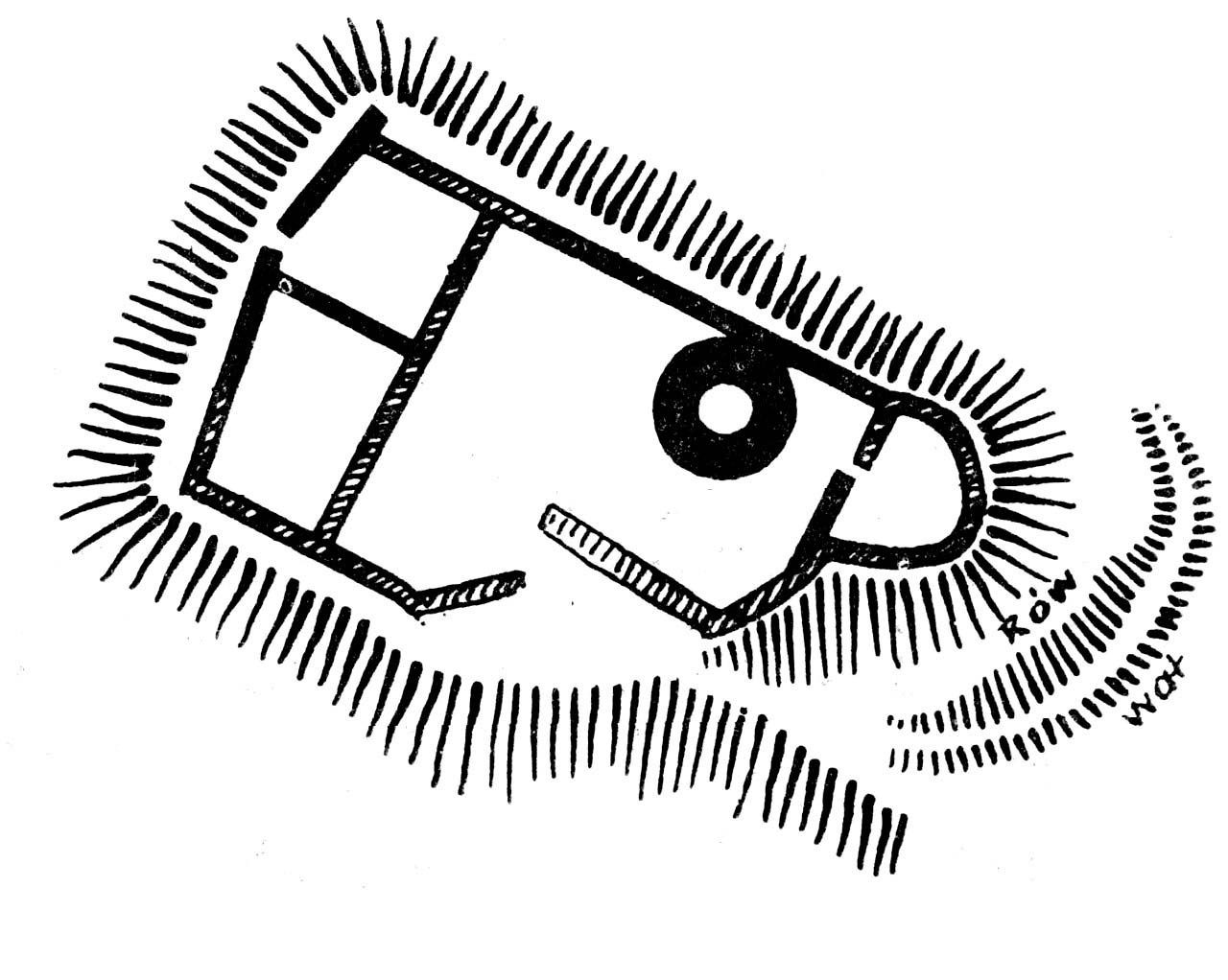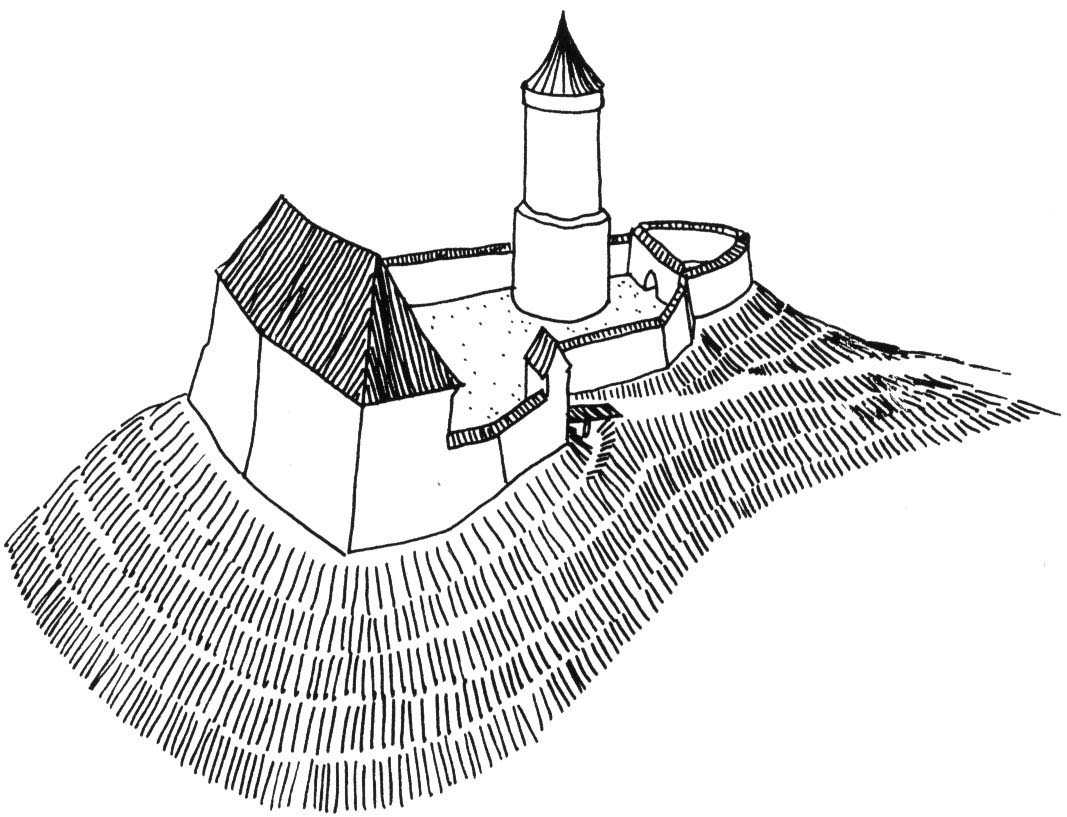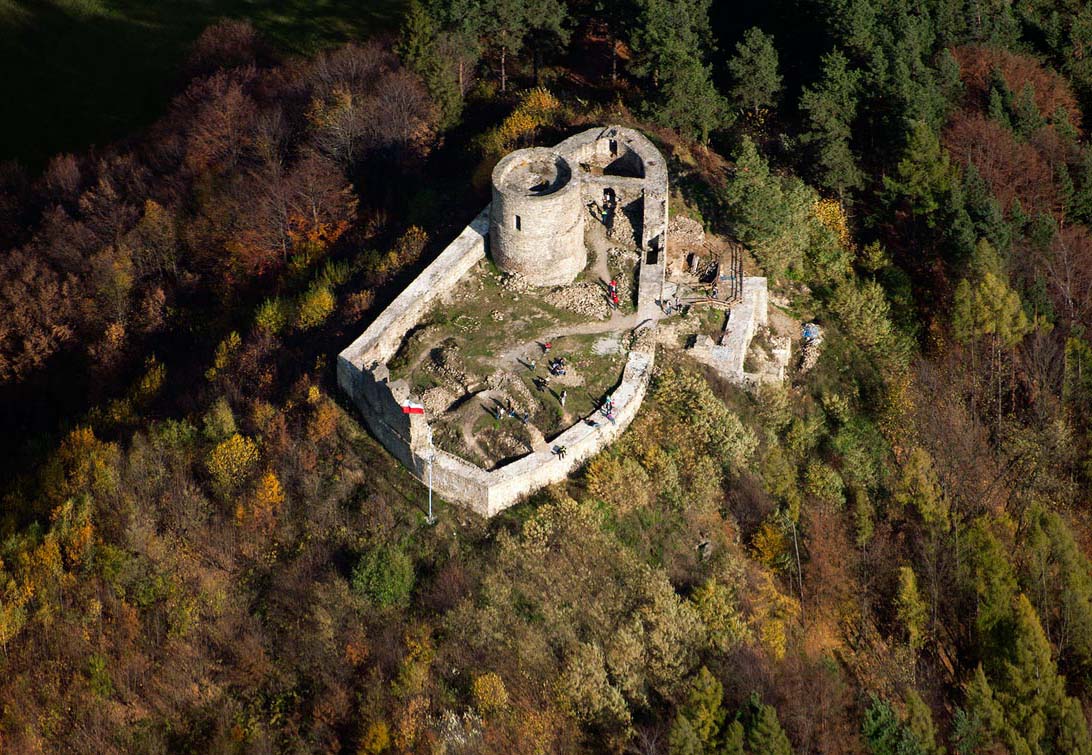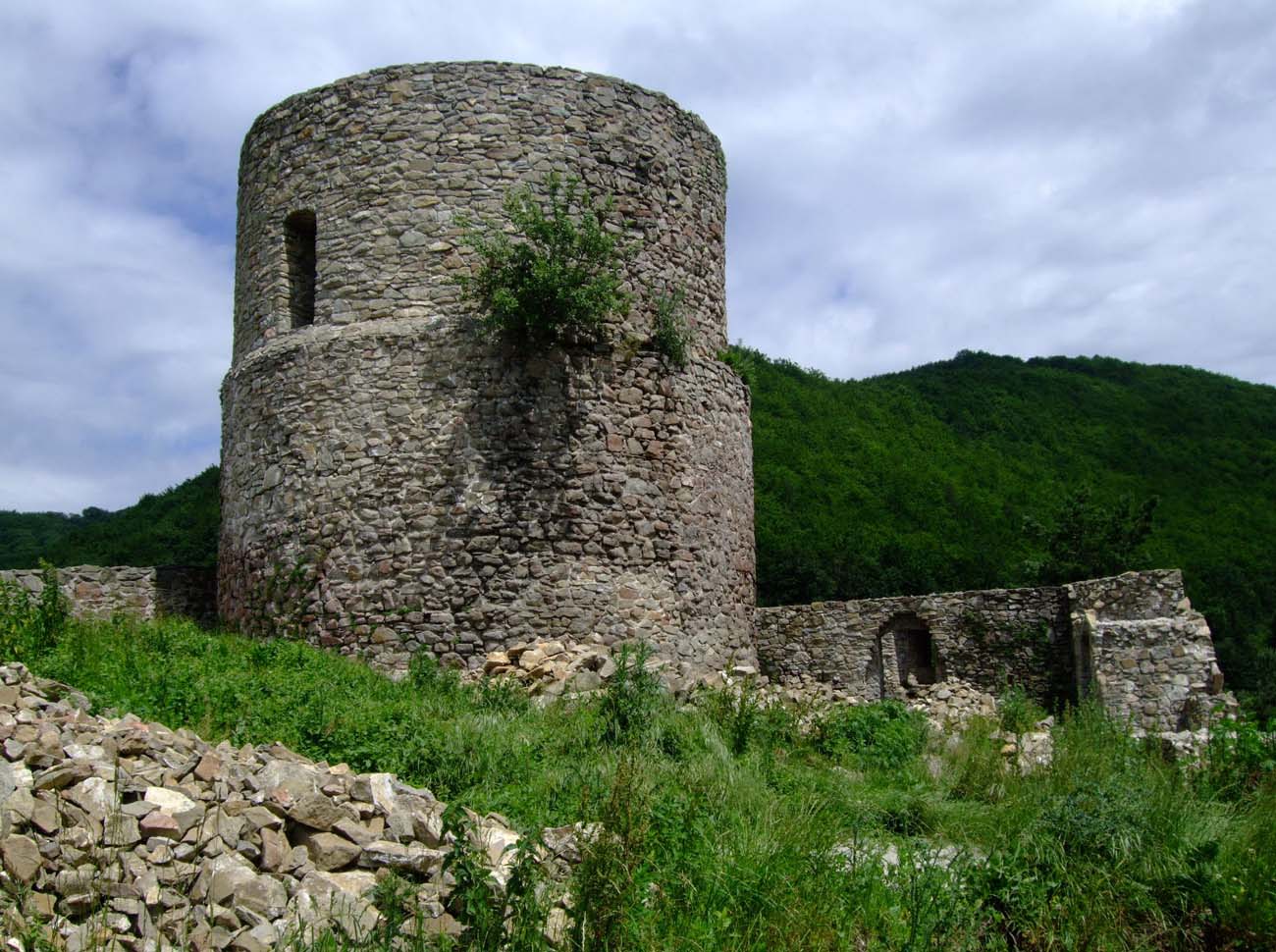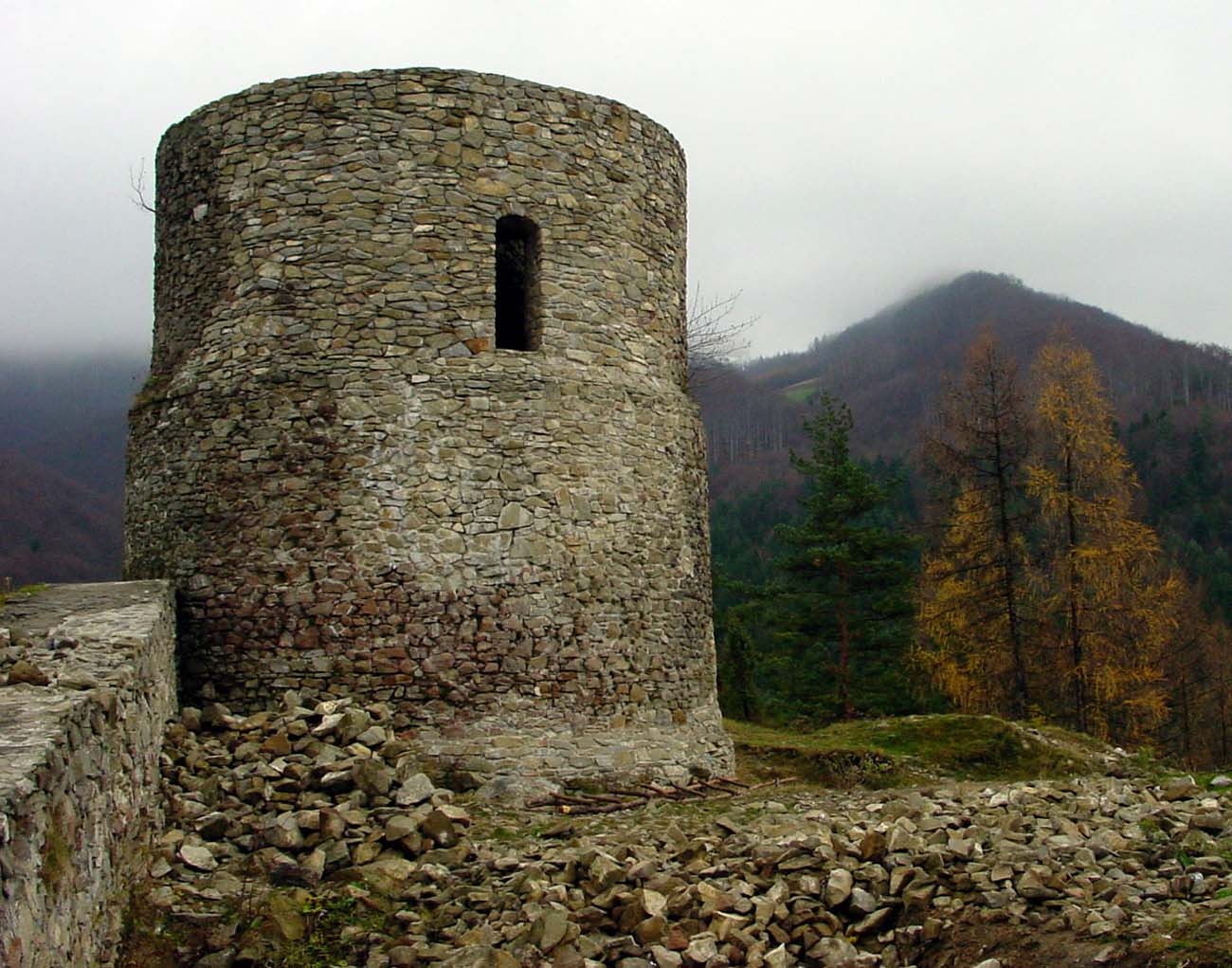History
The castle was probably built at the turn of the 13th and 14th centuries, but it is not known who was its founder. In the time of Władysław Łokietek, it belonged to the royal domain and protected the customs office on Poprad river. From the beginning of the 15th century it was in the hands of the tenutarians: Jakusz of Boturzyna, coat of arms of Czewoja, and after him representatives of the Toporczyk family. In the 16th century, the castle was administered by Piotr Kmita, one of the richest and most influential people in Poland. Probably still during his rule, around the middle of the 16th century, the castle burned in unexplained circumstances. The last tenut, Stanisław Garnysz, court official of king Zygmunt August, did not attempt to rebuild the stronghold, which soon fell into complete ruin.
Architecture
The castle was located on a high hill rising on the right bank of Poprad. The earliest element was a cylindrical tower made of sandstone with a diameter of 9.5 meters. Its walls at the base were 3 meters thick, and the entrance opening was almost 6 meters above the level of the courtyard. Originally it was possible to get to it by a ladder, and later from a timber porch on the defensive wall. It was a typical example of bergfried tower.
In the second phase, a perimeter wall was built along the edge of the hill. At the western curtain stood a dwelling house with a two-bay interior, while on the south side, elements of the building associated with entering the castle have survived. The gatehouse was reinforced from the south by three powerful buttresses and preceded by a deep ditch, over which the drawbridge was moved. The eastern part of the castle, enclosed by a rounded wall, flanked the entrance road to the castle. No well or a water tank has been found yet, so it is not known how the water was supplied in castle.
Current state
Until today, the castle’s tower has been preserved to the height of 10 meters and the remains of the walls and the entrance gate. After carrying out security works in recent years, the castle was made available to the public.
bibliography:
Leksykon zamków w Polsce, red. L.Kajzer, Warszawa 2003.
Moskal K., Zamki w dziejach Polski i Słowacji, Nowy Sącz 2004.

